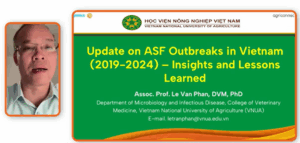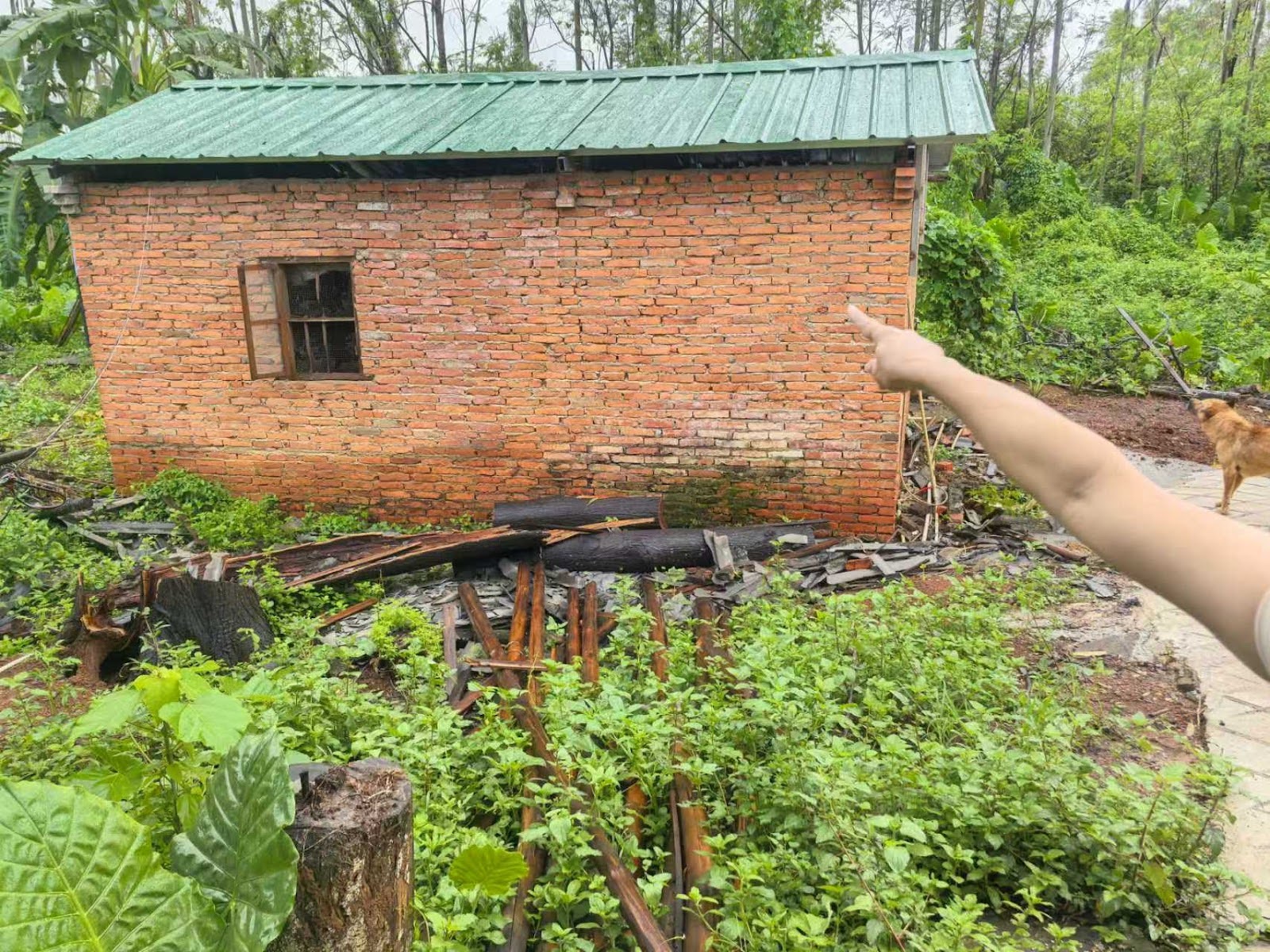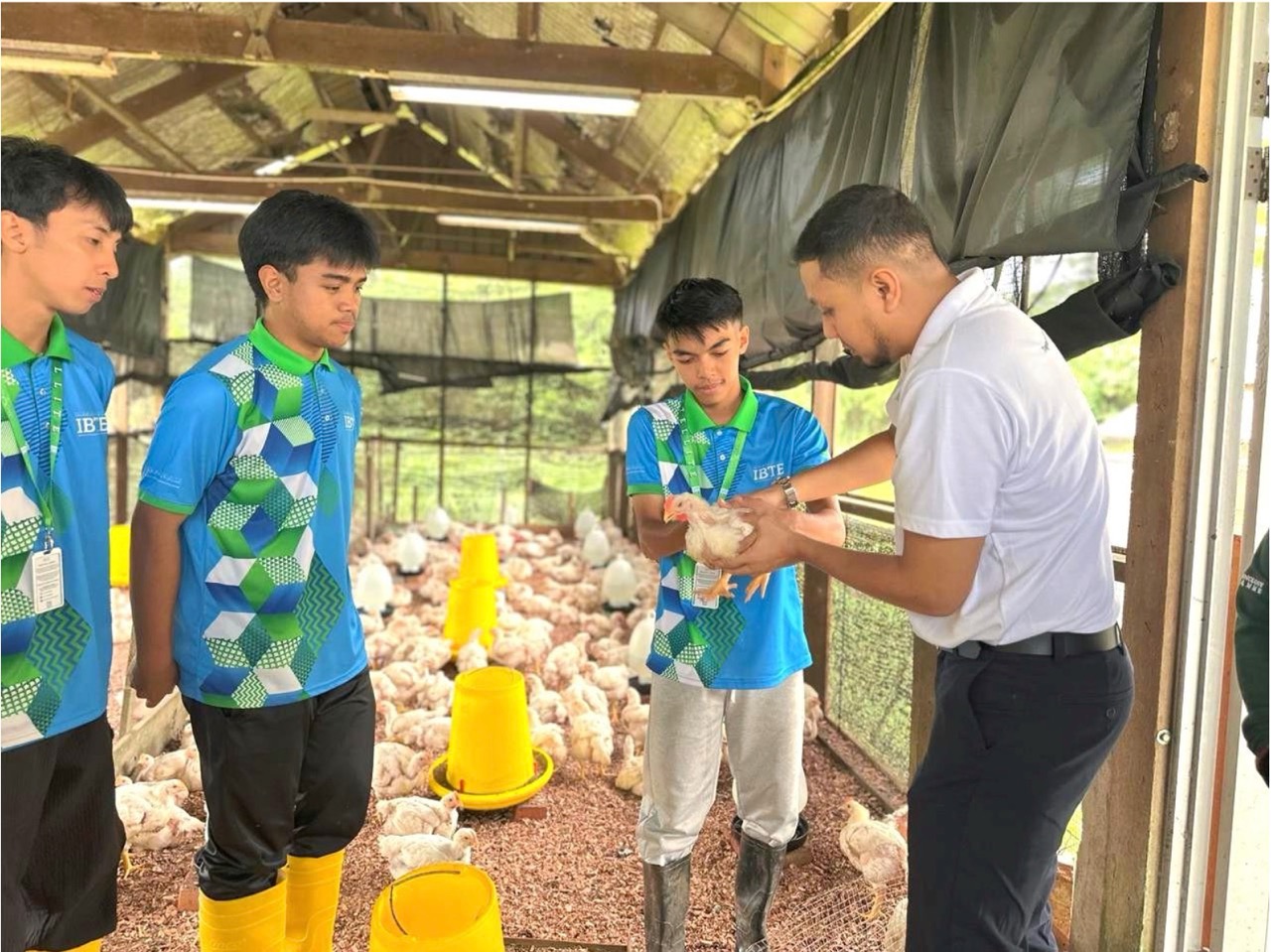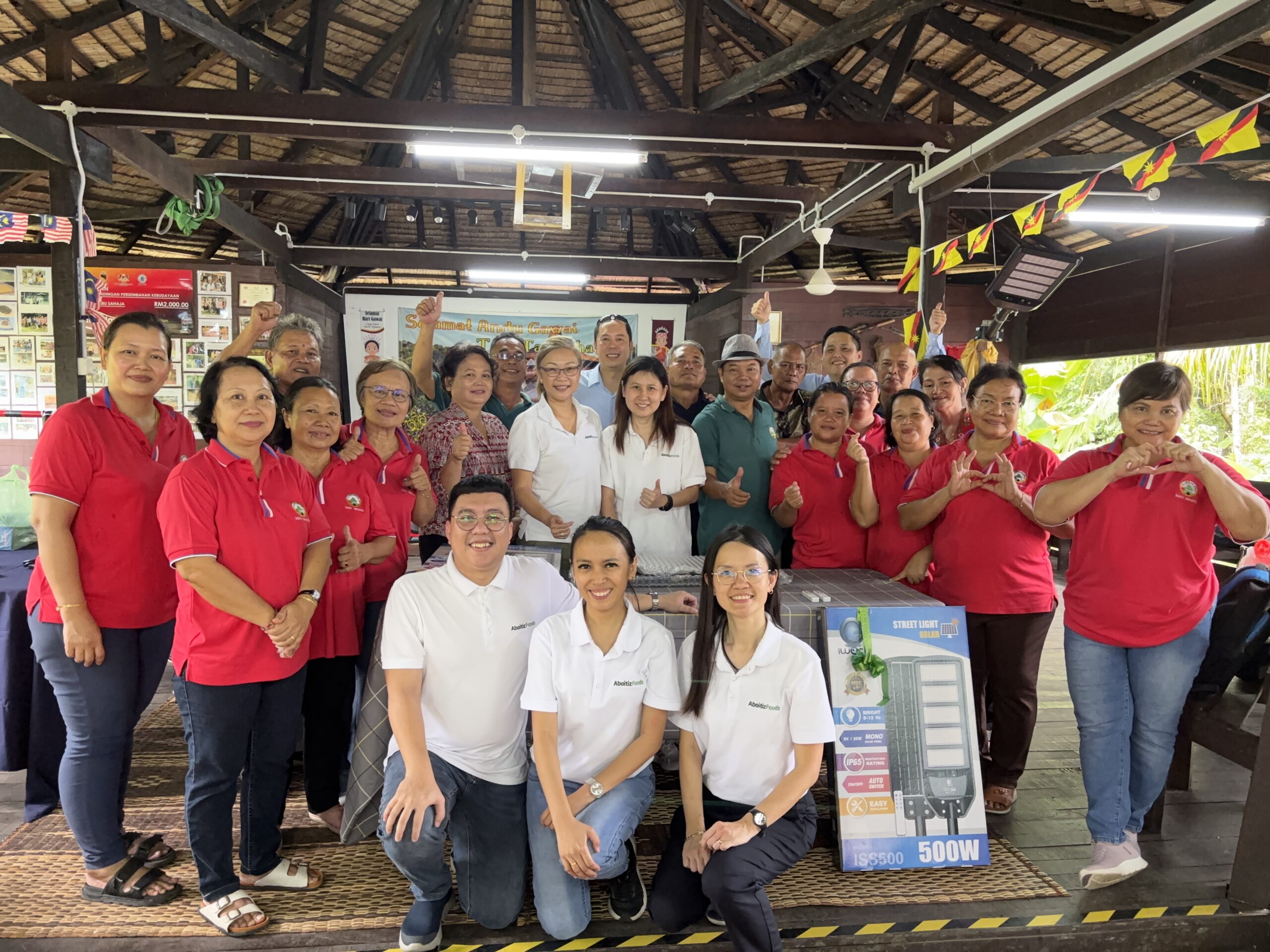African Swine Fever (ASF) has been a significant and constantly changing challenge to Vietnam’s pig farming industry since its initial outbreak in early 2019. The disease, known for its high contagion and mortality rates, has required major changes in control strategies and a deeper understanding of the virus’s dynamic nature.
Dr. Le Van Phan, DVM, PhD, Associate Professor from the Vietnam National University of Agriculture College of Veterinary Medicine spoke at the Swine episode of Aboitiz Foods’ Agriconnect Series about the complex mix of viral characteristics, evolving strains, and systemic issues that make ASF so difficult to control.
Click on the image to sign up and view the video.
The Enduring Challenge: Why ASF is Difficult to Control
ASF’s inherent characteristics make it a persistent threat:
- High Persistence and Resistance: The ASF virus is highly resilient in the environment, surviving for extended periods in various conditions. It can remain viable for nearly 200 days in smoked meat and 300 days in dry meat. The virus is also resistant to many common disinfectants, with only extreme pH levels effectively neutralizing it. Its ability to survive in blood, feces, or tissues, especially in cool or freezing conditions, makes environmental cleanup and preventing re-infection extremely challenging.
- Diversity of Strains: There are 24 different ASF genotypes worldwide, each with varying levels of pathogenicity. This genetic diversity complicates diagnosis and vaccine development.
- Immune System Impact: The virus primarily attacks immune cells, compromising the immune system of infected pigs and making them more susceptible to other bacterial or viral infections.
Evolution of ASF Virus Strains in Vietnam
Since its arrival, ASF in Vietnam has undergone a significant evolution in its circulating strains
African Swine Fever (ASF) was detected in Vietnam in early 2019, with the outbreak beginning in Hung Province. The prevalent strain at that time was Genotype 2, a highly pathogenic virus that caused acute disease with a mortality rate of up to 100%. Infections often led to sudden death with clear clinical signs, which made initial diagnosis relatively straightforward using molecular methods like real-time PCR (qPCR).
Over time, Vietnam saw the emergence of gene-deleting strains. These strains, believed to have originated from outside the country, are less pathogenic and cause chronic or subchronic disease, often with no visible clinical signs. However, they can lead to specific health issues, such as “zebra tip fever” and significant reproductive problems in breeding herds, including high rates of abortion and stillbirths.
The research also found evidence of vertical transmission from infected sows to their piglets through the placenta. While some of these strains resemble ASF vaccine strains developed by the USDA, they are not considered safe as they have been shown to cause death in experimental settings.
Most recently, studies have detected and noted the rapid increase of recombinant ASF virus strains in Vietnam. These strains, which carry genetic material from two different genotypes, were first reported in China in 2021.
Their prevalence in Vietnam has risen sharply from 14% two years ago to 42% last year. These recombinant strains are highly pathogenic, causing 100% mortality in experimental pigs within 6 to 10 days, similar to the initial Genotype 2. Experts predict they may become the dominant pandemic strain in Asia and globally in the near future.
Implications for Disease Control
The evolving nature of ASF has major implications for disease control strategies:
- Vaccine Effectiveness Challenges: Despite Vietnam having three licensed ASF vaccines, these are currently not protective against the emerging recombinant ASF virus strains. They only offer protection against Genotype 2, meaning outbreaks can still occur in vaccinated herds exposed to recombinant strains.
- Evolving and Complex Diagnostic Requirements: Diagnosis has become significantly more complicated due to the diversity of circulating strains. While real-time PCR was initially sufficient for highly pathogenic strains, diagnosis now requires a combination of molecular methods (real-time PCR for viral DNA) and serology (ELISA for antibody monitoring). Less pathogenic strains often result in high CT values or negative PCR results, making antibody detection via ELISA crucial to confirm infection. It is important to note that ASF cannot be diagnosed based on clinical signs alone; laboratory tests are essential.
- Adaptation of Control Policies and Biosecurity Measures:
- Government Policy Shift: Initially, the government mandated culling all pigs on an infected farm, leading to severe losses. This policy has since changed to culling only infected or clinically sick pigs within a pen, allowing healthy pigs on the same farm to be kept under monitoring.
- Industry-Level Biosecurity and Surveillance: Strict biosecurity remains paramount. Many large company farms are striving to remain ASF-negative without vaccination. They implement active surveillance programs, testing breeding herds for antibodies 2-3 times per year and removing antibody-positive animals even if they show no clinical signs. This strategy, known as “tapping removal,” combined with early detection and strict internal biosecurity, is considered the most critical element in preventing ASF spread and protecting herds in Vietnam.
- Challenges in Transmission Control: Traditional markets are identified as a main source of virus spread and maintenance in Vietnam and other Asian countries, making control difficult. Old farms with low biosecurity and the sharing of equipment, vehicles, and personnel also contribute to the spread.
Lessons Learned and Future Outlook
The dynamic nature of ASF highlights the importance of early detection and strict biosecurity measures as the key methods to prevent ASF spread and control it in Vietnam. While ASF transmission within a farm is generally slower compared to other diseases, early detection is vital to allow for isolation and disinfection measures to save the remaining healthy herd.
As of the information provided, only Japan and Taiwan had no reported cases of ASF, highlighting the widespread global impact of this disease. The ongoing evolution of the ASF virus, particularly the rise of recombinant strains and persistent less pathogenic strains, requires continuous adaptation of diagnostic strategies, vaccination approaches, and on-farm biosecurity practices to mitigate the disease’s impact on Vietnam’s pig farming industry and globally.
Sign up here to view the video.




